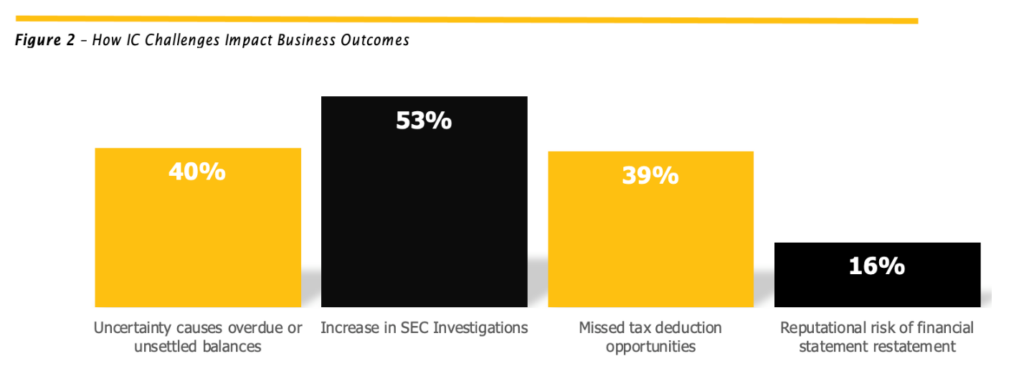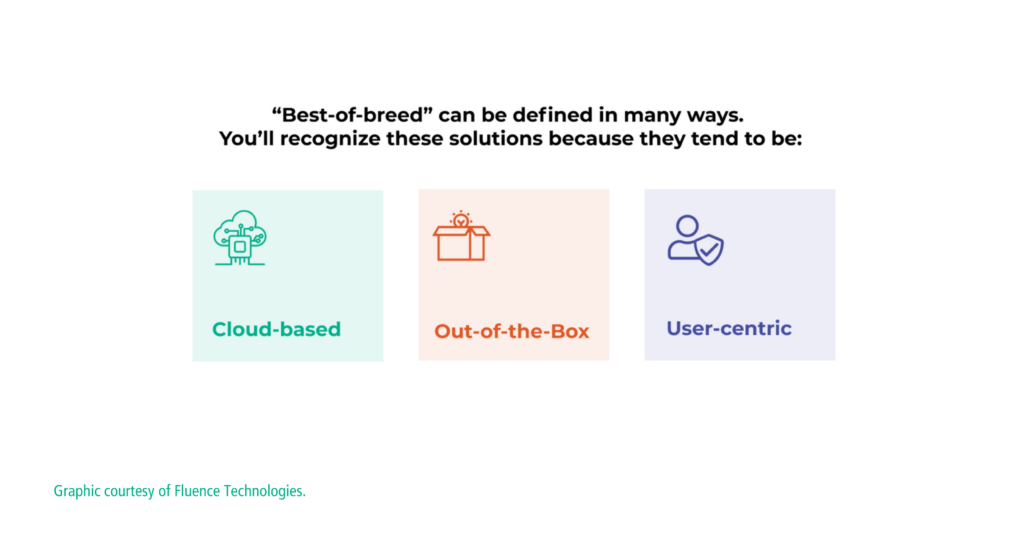This is a guest post from our partner BlackLine, highlighting some results from their recent survey, Intercompany Financial Management: Benchmarks, Challenges and Expectations
For companies that transact intercompany business, intercompany operations have a big impact on the financial results. However, there are few surveys that focus on intercompany financial management.
The Intercompany Financial Management: Benchmarks, Challenges, Expectations survey was conducted in September 2022 to benchmark the challenges companies face in the arena of intercompany financial management, assess how companies are leveraging technology in managing intercompany operations, and offer a preview of how intercompany will look in 2023 relative to 2022 when the survey was conducted.
Our analysis of the survey data revealed that intercompany transactions and related reporting have meaningful impacts on business outcomes, finance and accounting operations, and finance and accounting team members.

Our analysis of intercompany (IC) begins with examining the magnitude of intercompany transactions relative to revenue. The results depicted in Figure 1 in and of themselves speak to the fact that intercompany matters and deserves the attention of CFOs at any company that has IC operations. Almost ninety percent (88%) of companies surveyed have IC interactions valued at least 1X more than revenue while sixty percent have transactions valued at least 3X more than revenue.
Our analysis of the magnitude of intercompany across the enterprise looked at the impacts of intercompany challenges on business outcomes, finance and accounting operations, and finance and accounting staff. Intercompany challenges have several impacts on business outcomes.
A few of these impacts are depicted in Figure 2 along with their relative prevalence among survey responses. Almost forty percent (39%) of companies face uncertainty relative to overdue or unsettled IC outcomes, increased probability of SEC investigations, and missed tax deduction opportunities that impact the bottom line.

Intercompany challenges also have meaningful impacts on finance and accounting operations and finance and accounting teams.
At least 50% of survey respondents face compliance and formal disputes about allocated costs and additional time needs for reconciliations that slow down the financial close process and create friction among those closing the books.
Sixty-five percent of companies report increased employee churn that results in the loss of institutional knowledge.
And over 30% face stress levels that can lead to potential mental health issues and demotivation. The impacts of intercompany operations on finance and accounting teams are more important than ever given the current market conditions for acquiring finance and accounting talent and the increased appetite for workers in today’s world to change jobs relative to years past.

Intercompany operations can have meaningful impacts on the productivity of accounting and finance professionals and the value of a company’s brand—these are just a few ways that intercompany gone wrong can impact a company’s bottom line. Intercompany financial management matters.
This blog post was originally published on the BlackLine blog.
Read more about Financial Close & Consolidation:
What’s F&A’s Role in Responding to Instability & Volatility?






